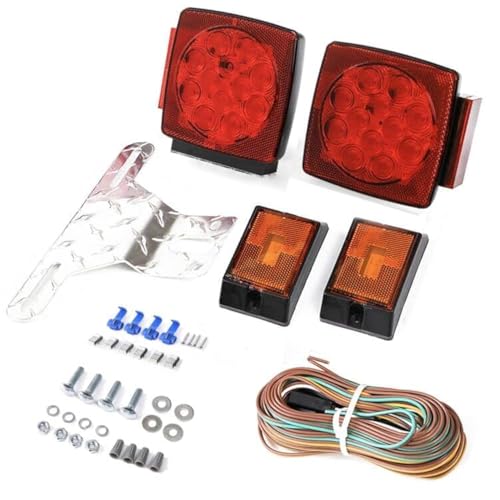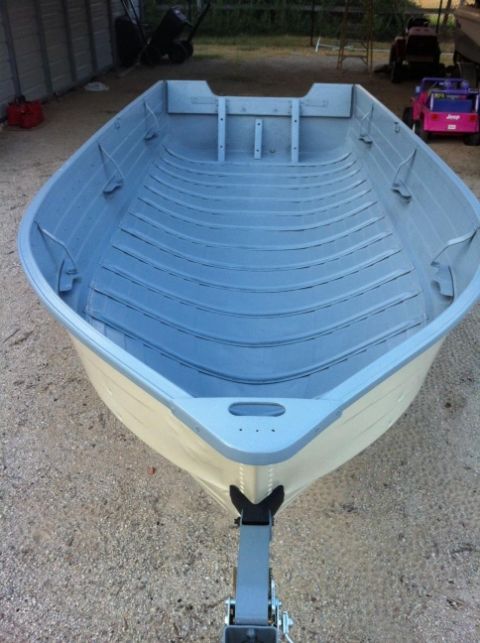Fourbtgait
Well-known member
- Joined
- Sep 17, 2013
- Messages
- 62
- Reaction score
- 0
Thanks Smackdaddy, though I am worried of the structural strength of the aluminum rivets.
I had two pieces joined with 2 pop rivets and was able to torque the rivets.
Stainless steel pop rivets are expensive, so looking at either self tapping screws or #8 bolts with lock nuts on pieces that are critical.
I do feel that the plywood would help add structural rigidity to the angle.
I hope to have the framework finished this weekend and will take some more pictures, but it can be difficult to see what things are with aluminum.
I am anxious to flip it so that I can finish the outside as that will be a bit of work in itself.
Once the hull is painted though, then I can begin to plywood the interior storage compartments, add flotation and finish the deck aluminum for the final deck. Can't forget to run electrical conduit either.
Russell
I had two pieces joined with 2 pop rivets and was able to torque the rivets.
Stainless steel pop rivets are expensive, so looking at either self tapping screws or #8 bolts with lock nuts on pieces that are critical.
I do feel that the plywood would help add structural rigidity to the angle.
I hope to have the framework finished this weekend and will take some more pictures, but it can be difficult to see what things are with aluminum.
I am anxious to flip it so that I can finish the outside as that will be a bit of work in itself.
Once the hull is painted though, then I can begin to plywood the interior storage compartments, add flotation and finish the deck aluminum for the final deck. Can't forget to run electrical conduit either.
Russell
















































































